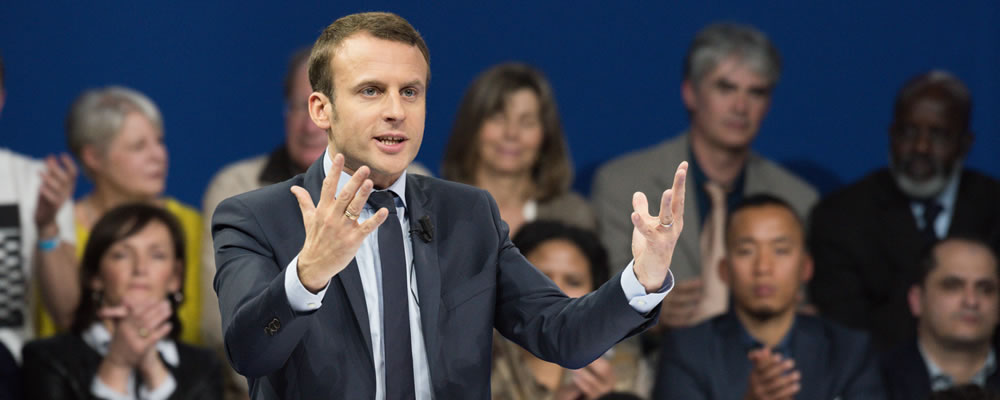The appeal of the Euro strengthened in response to better-than-expected ZEW economic sentiment surveys, which painted a positive picture of the Eurozone economy.
Higher levels of confidence suggest that conditions are continuing to improve, potentially creating further incentive for the European Central Bank (ECB) to take a more hawkish view on monetary policy.
However, as analysts at BBH noted:
‘This is the highest since August 2015. With the DAX up four consecutive months through March and a Euro that makes German businesses extremely competitive and low yields, it is hardly surprising that investor confidence is buoyant in Germany. That said, sentiment is running ahead of real sector data.’
Even so, the mood towards the single currency was not entirely positive, thanks to weaker-than-expected Eurozone industrial production figures.
Markets are also displaying increasing jitters ahead of the French presidential election, with the prospect of a fresh populist upset still hanging over the Euro.
With fresh Eurozone data rather limited in the remainder of the week the Euro US Dollar exchange rate may struggle to maintain any upside momentum.
Although no revision is expected for the finalised raft of consumer price index reports, though, the single currency could still trend lower.
Confirmation that inflationary pressure within Germany weakened in March is unlikely to encourage demand for the Euro, given that ECB policymakers remain unconvinced that they have seen signs of a meaningful increase in inflation.
If National Front leader Marine Le Pen manages to gain in the polls ahead of the first round of voting in the French election then the EUR USD exchange rate could come under heavy pressure.
After a slight weakening in the NFIB small business optimism index the US Dollar trended lower across the board.
While investors had been encouraged by further hawkish rhetoric from Fed Chair Janet Yellen in comments on Tuesday the ‘Greenback’ struggled to hold onto this boost.
Another Federal Reserve interest rate hike still remains far from imminent at this juncture.
Confidence in the US Dollar could mount if the week’s jobless claims data offers further evidence of tightness within the domestic labour market.
On the other hand, anything short of a sharp increase in unemployment is unlikely to particularly dent demand for the ‘Greenback’.
A steady University of Michigan consumer confidence index could also weigh on the EUR USD exchange rate, with the underlying trend of the US Dollar remaining decidedly bullish.
Current EUR USD Interbank Exchange Rates
At the time of writing, the Euro US Dollar exchange rate was trending higher at 1.06. Meanwhile, the US Dollar Euro exchange rate was on a narrow downtrend around 0.94.



